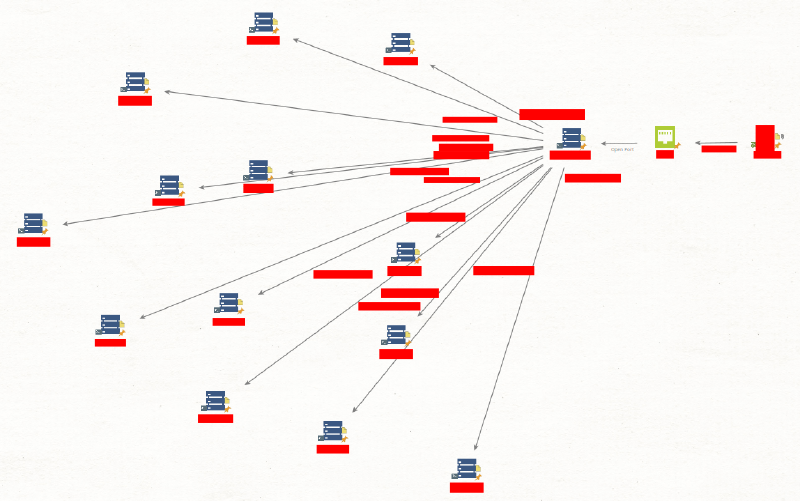Initial Entry Point
During a routine exploration of vulnerable servers on the internet, I successfully gained root access to several machines. While the specific method used to achieve root access is beyond the scope of this blog, I’ll focus on how I expanded my access to other servers within the same organization.
Extracting Linux User Hashes
Once inside the compromised machine, I noticed multiple user accounts. With root privileges, I accessed the /etc/shadow file, which stores password hashes for all users on the system.
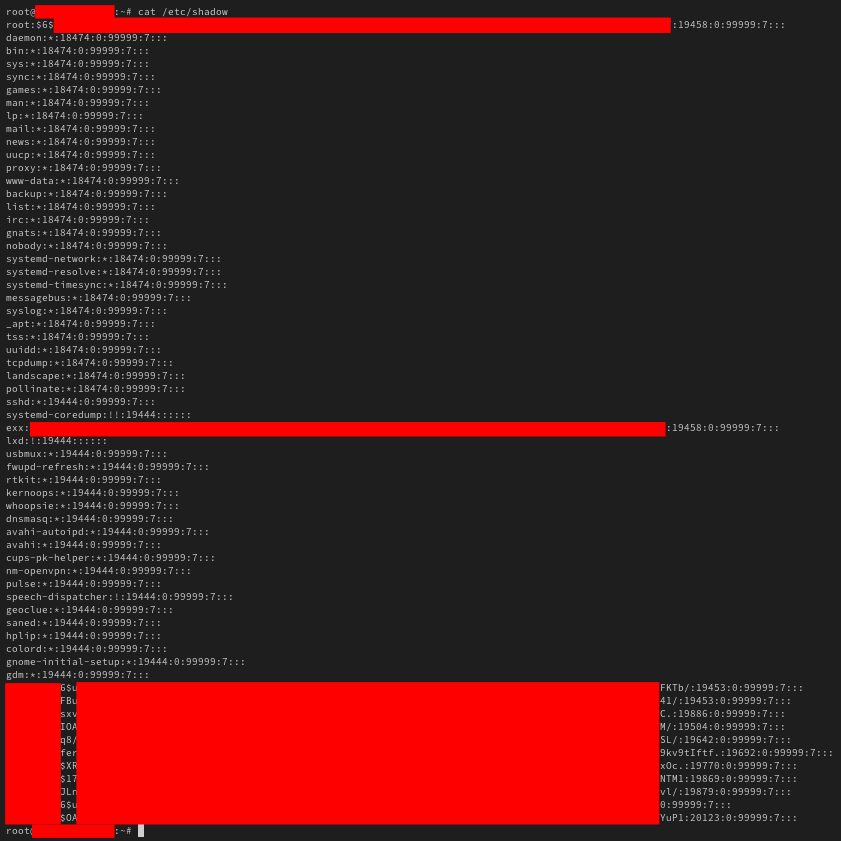
I copied the contents of the shadow file to my local machine and extracted the hashes using the following command:
|
|

This command isolates the hashes, removes unnecessary characters, and saves them to a file named hashes.
Identifying the Hash Type
The next step was to determine the type of hash used. I referenced Hashcat’s Example Hashes to identify the hash format. In this case, the hashes were of type sha512crypt, which includes salting for added security.
Selecting a Wordlist
“Hacking is about patience. If you rush, you lose. If you’re too slow, you lose. Timing is everything.” - Mr. Robot
With the hash type identified, I needed a suitable wordlist for a dictionary attack. Given the presence of salting, using an excessively large wordlist would be inefficient. I opted for the rockyou wordlist, a popular choice for password cracking due to its manageable size and effectiveness. You can explore other useful wordlists on platforms like SecLists and WeakPass.
For more advanced scenarios, tools like CUPP (Common User Passwords Profiler) can generate custom wordlists tailored to specific users or organizations. Additionally, leveraging GPU resources can significantly speed up the cracking process. For a deeper dive into password cracking techniques, check out this Password Cracking Blog.
Cracking the Hashes
I used Hashcat, a powerful password-cracking tool, to crack the extracted hashes. The command I used was:
|
|
Explanation of Arguments:
-a 0: Specifies a dictionary attack.-m 1800: Indicates the hash type (sha512crypt).
After running the command, Hashcat successfully cracked two of the hashes. Below is an example of one of the cracked hashes:
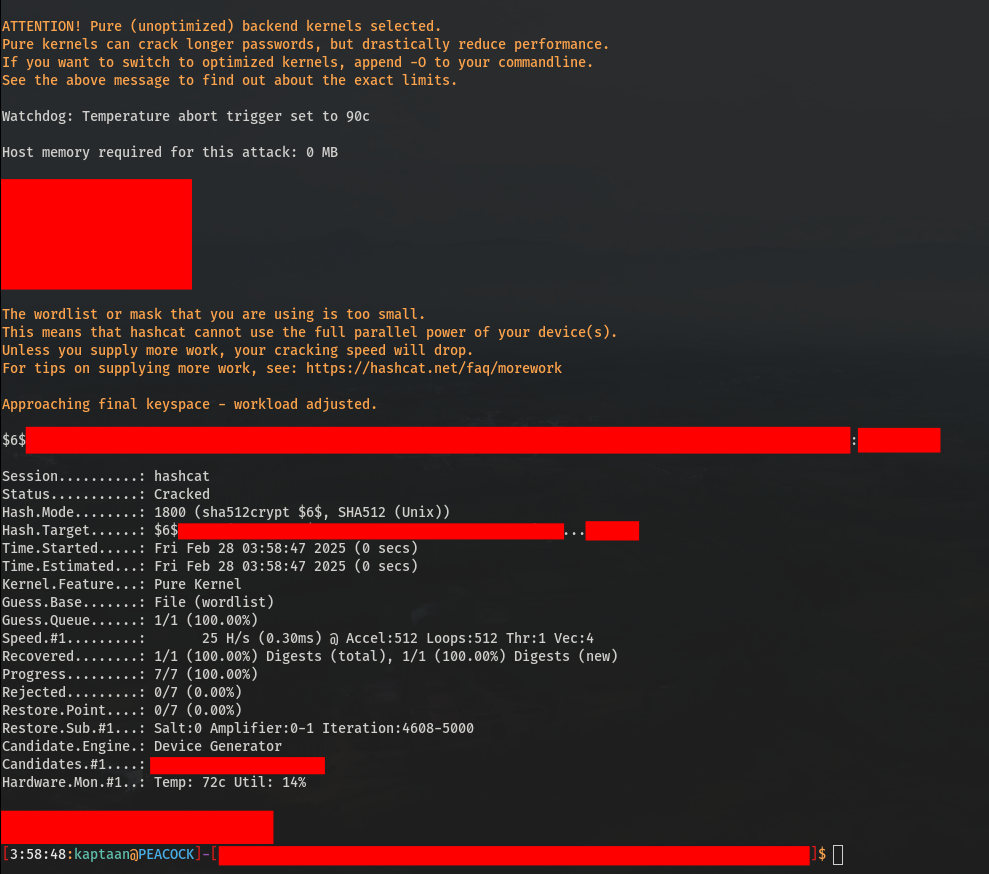
Discovering Additional Machines
With the cracked credentials in hand, my next goal was to identify other machines within the same organization. I began by gathering information about the compromised server’s owner or organization. Using tools like Shodan, I extracted details such as the organization name, ISP (Internet Service Provider), ASN (Autonomous System Number), and subnet associated with the server’s IP address.
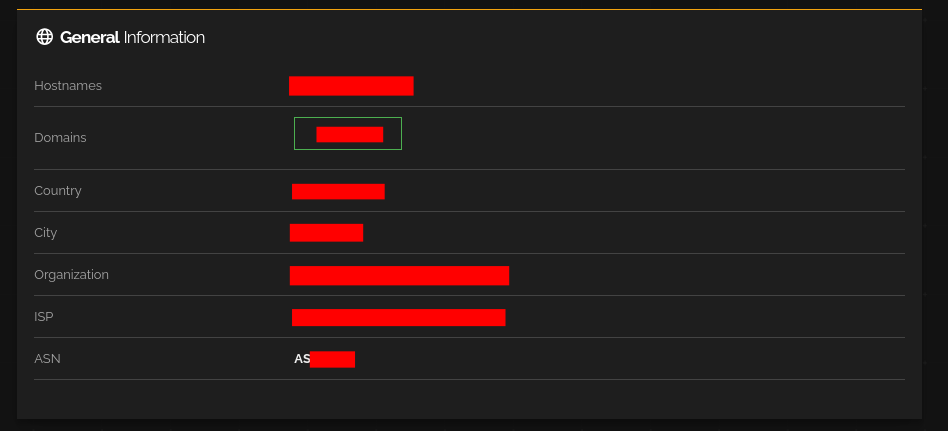
Using this information, I filtered Shodan search results to compile a list of IP addresses belonging to the same organization, ISP, or subnet.
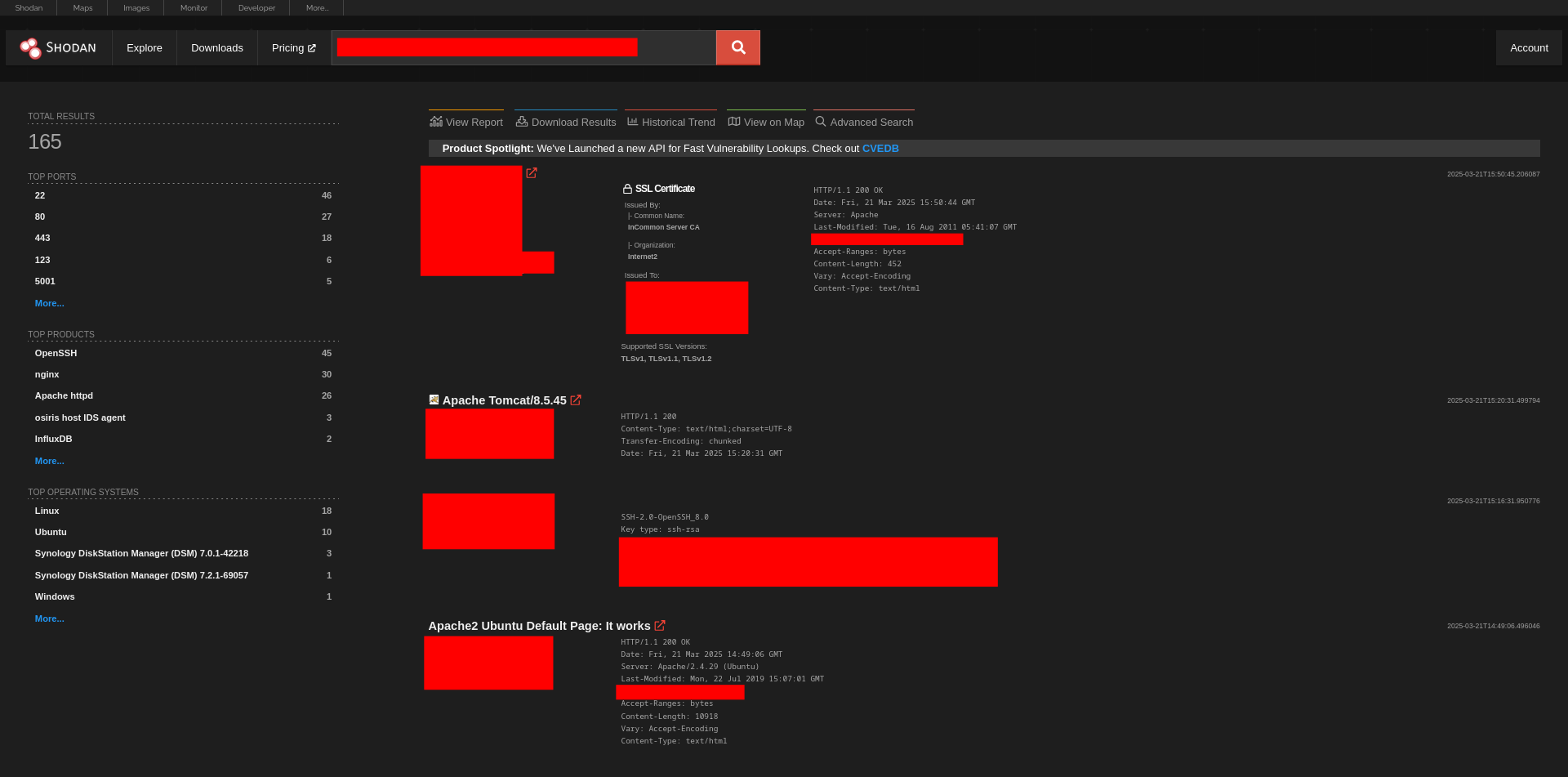
Gaining Access to Other Machines
“Credentials are the keys to the kingdom. Once you have them, you can go anywhere.” - Mr. Robot
Armed with a list of IP addresses and valid credentials, I launched a SSH brute-force attack using the Gill-Singh-A/SSH-Brute-Force tool. This allowed me to authenticate successfully on several other machines within the organization.

Attack Path Visualization
Below is a visual representation of the attack path, created using Maltego:
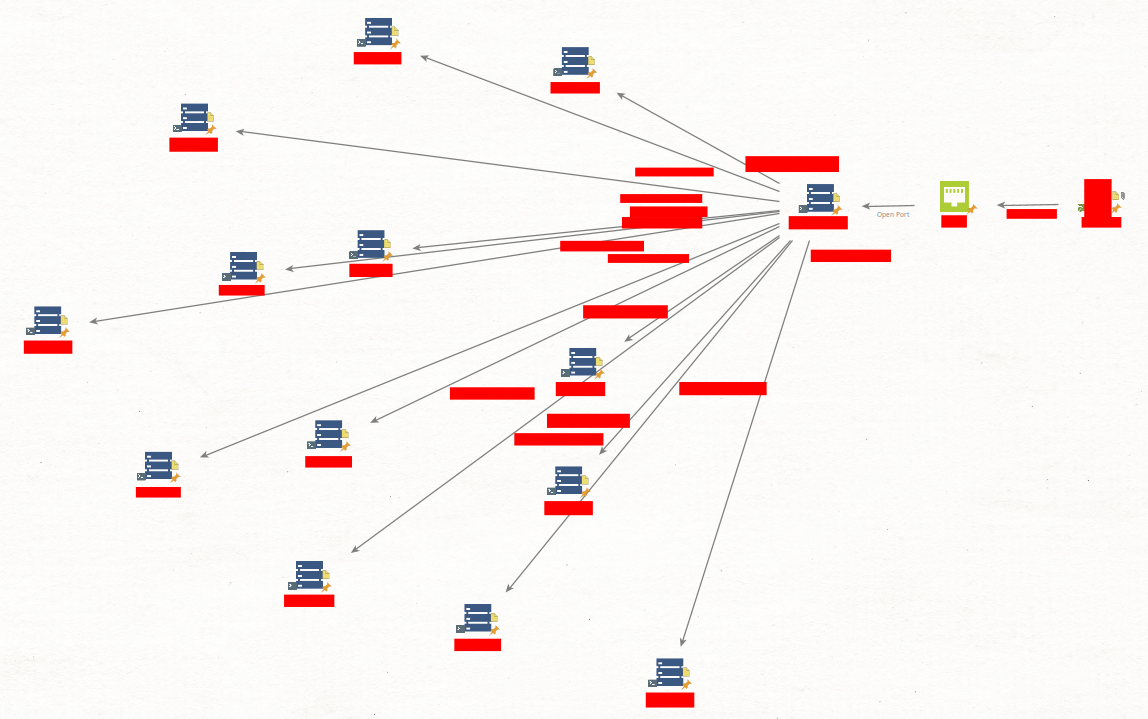
Conclusion
This exercise highlights how a single compromised machine can serve as a gateway to an entire network. By extracting and cracking Linux user hashes, identifying related machines using Shodan, and leveraging brute-force techniques, I was able to expand my access across multiple servers within the organization.
Mitigations
To prevent such attacks, organizations should implement the following security measures:
- Strong Password Policies: Enforce the use of complex, unique passwords and mandate regular password changes.
- Multi-Factor Authentication (MFA): Implement MFA for SSH and other critical services to add an extra layer of security.
- Regular Audits: Conduct regular security audits to identify and address vulnerabilities, including weak passwords and misconfigurations.
- Limit SSH Access: Restrict SSH access to specific IP addresses or networks and disable root login.
- Monitor Logs: Continuously monitor system logs for suspicious activity, such as repeated failed login attempts.
- Patch Management: Keep all systems and software up to date with the latest security patches.
- Network Segmentation: Segment networks to limit lateral movement in case of a breach.
- Educate Users: Train employees and system administrators on security best practices, including password hygiene and phishing awareness.
By adopting these measures, organizations can significantly reduce the risk of unauthorized access and lateral movement within their networks.
